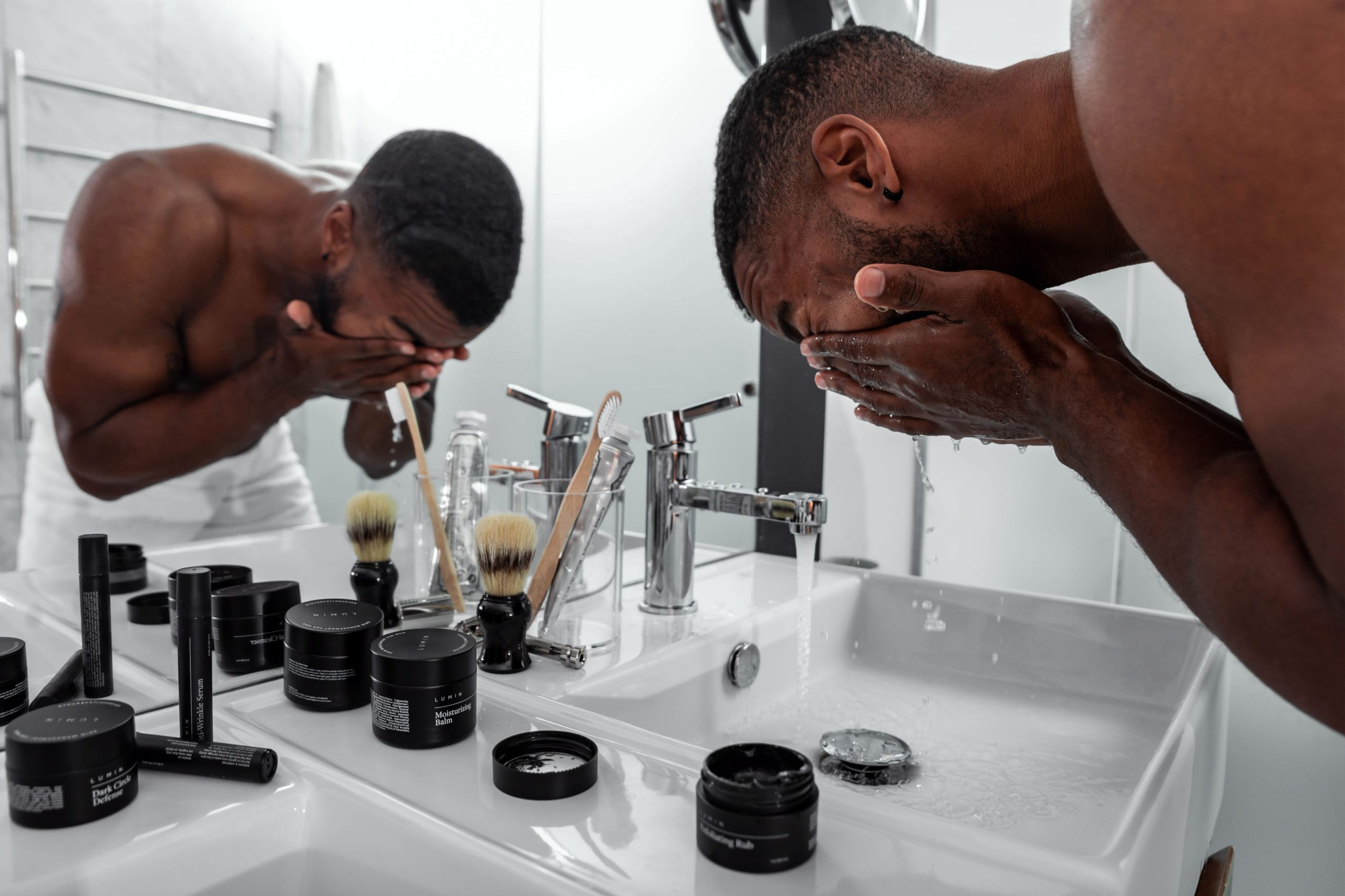Not all men can wash their face with the same bar soap they use on their body, maintain a pristine complexion and call it a day. And it’s not uncommon for men to find this scenario as their idea of a proper skincare routine. Perhaps some may think that skincare is a rabbit hole of confusing chemistry terms and regimes, with a hefty price tag (or two) to boot.
Well, thanks to minimalism and innovation, it’s a little bit of both. In some ways, men see skincare as something that’s too confusing or takes too much work – and both are also true – but what they also fail to recognise is that skincare is something that everyone should care about. Skincare is just another extension of your health – considering your skin is the largest organ of your body, and even the most basic routine can help men face some of the most common skin issues – such as sun damage and acne. Bottom line is, if you want to be able to look good even several decades down the line, you’re going to want to care about skincare.
But how does one go about building a routine without getting overwhelmed by the sheer number of products available? That’s the beauty of skincare – it’s flexible and adaptable. Here’s a guide to help you create the simplest routine – which only consists of 2-3 steps. And if you’re liking what you’re seeing after a few weeks of wearing moisturiser and sunscreen – also thinking of taking it another level – you can also keep reading for some extra tips.
Cleanse well and gently
If you can wash your hands and keep them clean during the pandemic, you can wash your face too. Cleansing the face every day and night is one of the most important steps in a skincare routine, as it rids the skin of excess oil, grime, dirt, dust, sunscreen, and even bacteria from touching your face with your hands or your phone. It’s also one of the most basic practices of hygiene that you can easily do over the sink on during your shower. On top of that, it also allows the products you apply afterward to be absorbed into the skin.
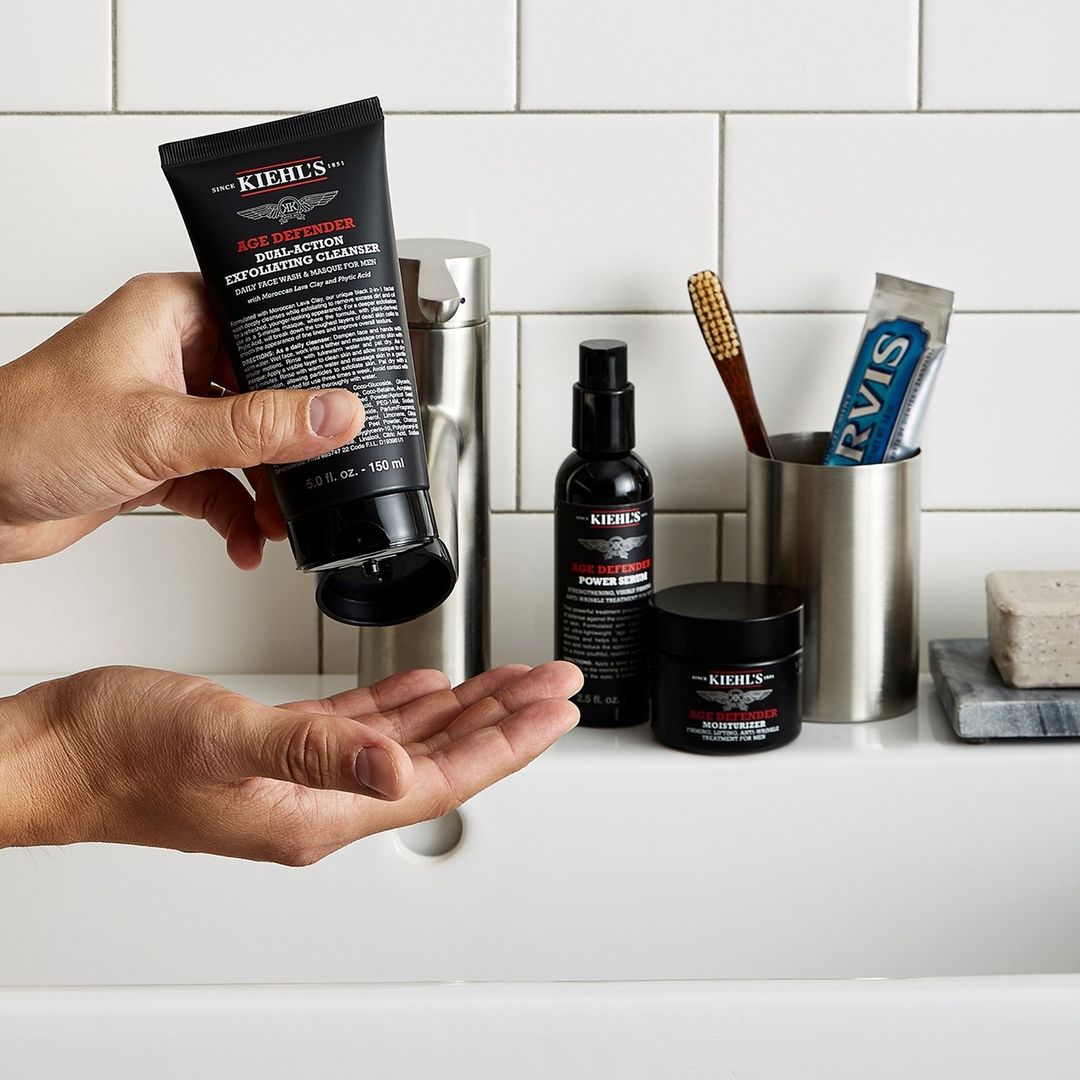
You want to look for a face wash that’s catered to your skin type, whether it’s a cream or milk cleanser for dry skin types, or a gel-based, light-foaming cleanser for oilier skin types. Try to avoid anything with harsh scrubbing particles, fragrances, or essential oils such as mint to prevent sensitisation of the skin. Some cleansers even come with extra benefits such as gentle exfoliation, which helps prevent dead skin cell buildup which could lead to clogged pores and acne.
Massage the product gently onto wet skin for at least 60 seconds or more – making sure to get into the hairline, corners of the nose, and around your mouth if you have a full beard.
Related: Avoid these 7 common cleansing mistakes that you could be making.
Once you’re done, rinse the cleanser off thoroughly with warm-to-cool water, and _dab_ – not rub – your face dry with a towel until it’s just slightly damp. Keeping the skin damp is important for the next step in your skincare routine.
Look for lightweight moisturisers
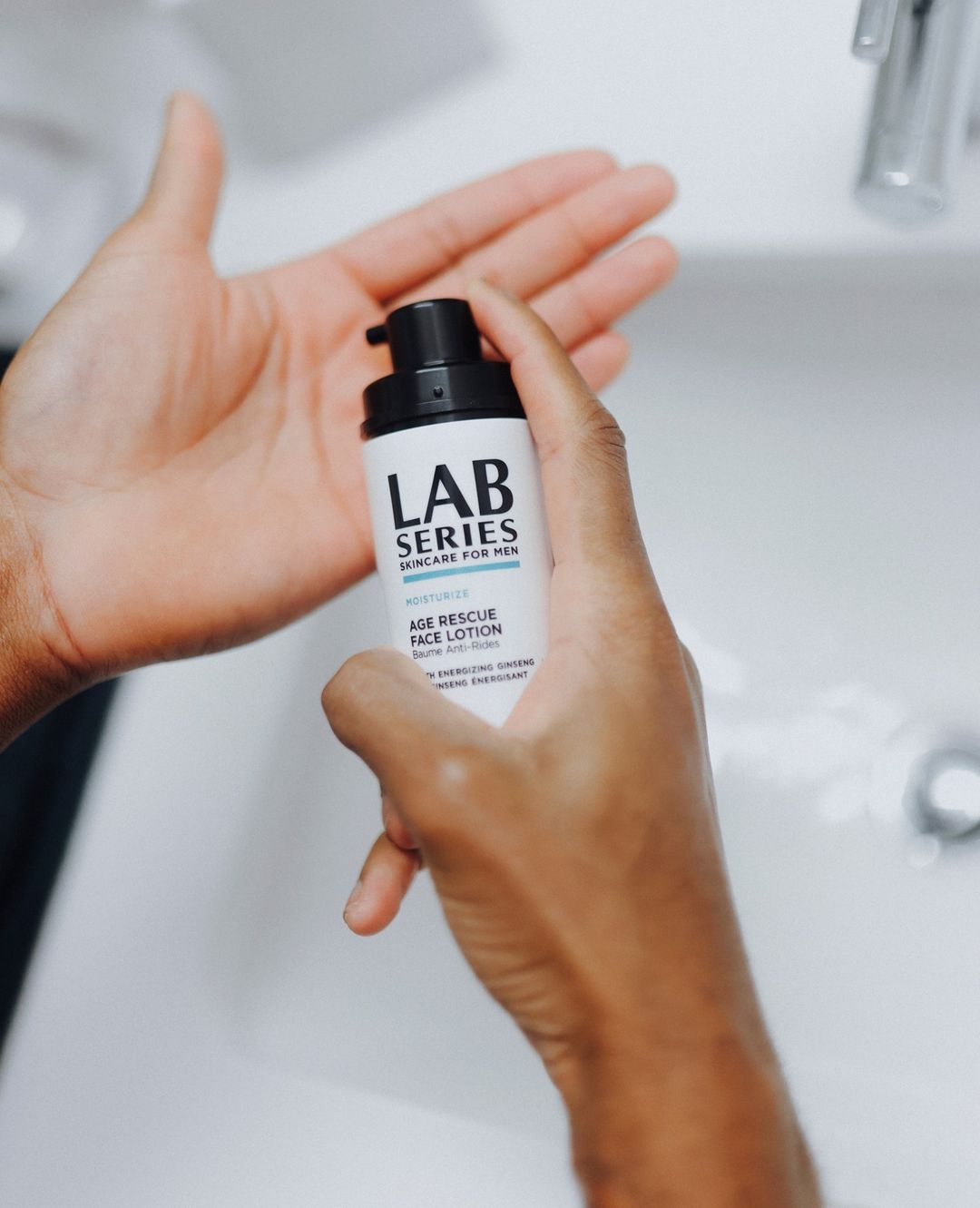
One of the main reasons – if not the only reason – men can’t be bothered with skincare is because they hate feeling of having product on their skin. Thanks to public demand and innovation, there are plenty of skincare brands that have formulations catered to almost every skin type and condition.
Moisturisers are used to keep the skin soft, comfortable, healthy, and hydrated. They’ll help repair and maintain your protective skin barrier, which will keep your skin looking good and youthful for years to come. Look for water-based gel moisturisers if you need something featherlight and easily absorbed, or a heavier-duty cream if you suffer from dry skin and flaky patches.
Do. Not. Skip. Sunscreen.
This is a step that we cannot stress enough – if there’s only one product you’ll be willing to use, make it a sunscreen. Not only does sunscreen help protect you from skin cancer and sunburn, it’s also your shield against various skin problems such as acne, hyperpigmentation, sensitivity, dryness, and premature ageing. In fact, the UV damage from sun exposure is actually the main cause of skin ageing.
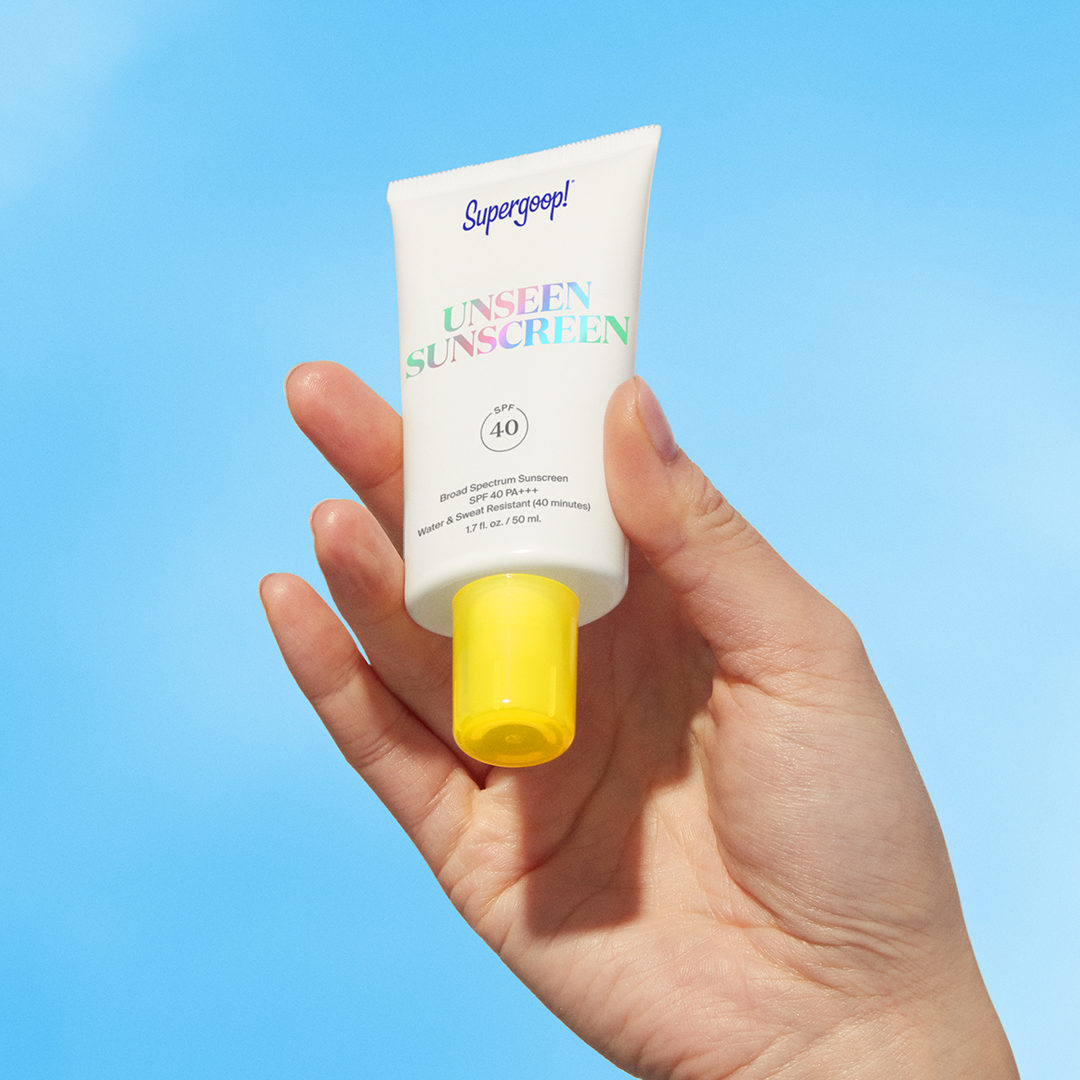
There is no shortage of sunscreen formulas to choose from now in the beauty market – from physical sunscreens that don’t leave a white cast, to elegant chemical sunscreens that will feel like second skin. Note that if you have sensitive skin, look for fragrance-free sunscreens that use physical blockers such a zinc oxide and titanium dioxide.
And make sure you wear enough of it! The rule of thumb in applying sufficient sunscreen is you’ll want to apply two-fingers-length worth of sunscreen for your entire face, neck, and ears. For a foolproof application method, we’ve covered the most important do’s and don’ts here.
Now that we’ve covered the basics – but what if you’re looking for something more potent, or you’ve finally discovered the wonders of skincare and are looking to level up your routine? Then it’s time to take it a few steps further by including an exfoliant and serum – and maybe a toner if you’re feeling fancy.
Exfoliating and Toning
At least 1-2 week, you should jump on the exfoliating train if you want to prevent acne breakouts and dry flakes on the skin. If you’re into scrubs, make sure you look out for ones that don’t plastic microbeads or crushed nut shells – the shape of the latter can leave microtears in the skin, leading to premature ageing or even skin damage. Your scrub should have very fine, biodegradable particles, and you should always use a very gentle hand when massaging them onto the skin. If you’re pushing the scrub into your skin and tugging at it – you’re already being too rough.
Then there are exfoliating toners, where you basically douse a cotton pad with said product and then gently apply it all over the face. These products use a type of exfoliating acid to dissolve the “glue” that binds dead skin cells together, sweep them away, while wicking away excess oil and help reduce the appearance of fine lines, pores, and dark spots.
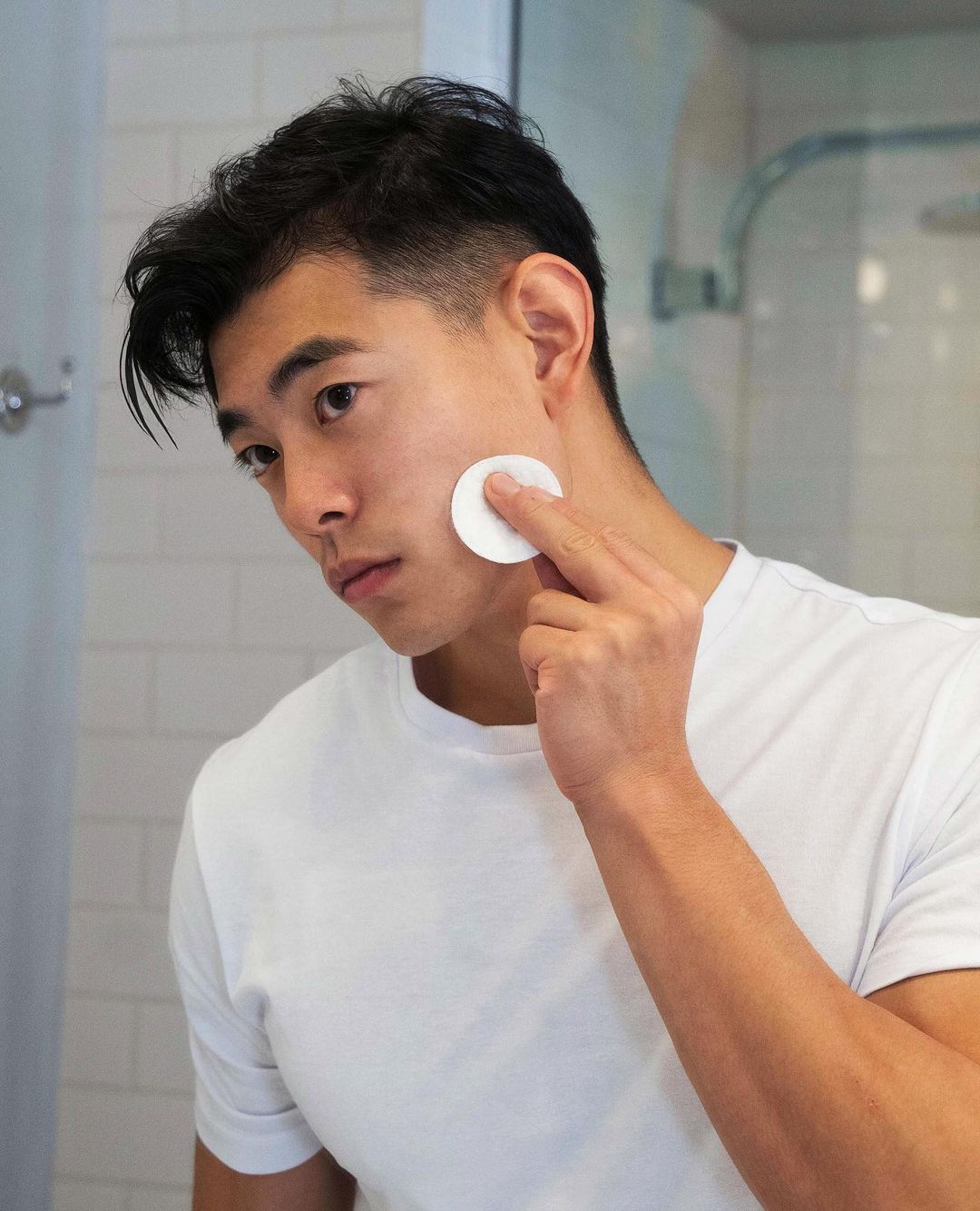
If your issues centre around acne and excess oiliness, you’ll want to look out for toners containing BHA (beta hydroxy acid) or salicylic acid, which are oil soluble to help control greasiness while having an anti-inflammatory effect on breakouts.
Related: How to choose the right exfoliating acid for your skin type.
For dry flakes, fine lines, and hyperpigmentation, look for toners with an AHA (alpha hydroxy acid) glycolic acid, which don’t penetrate as deeply as salicylic acid, but are still highly effective in helping to even out the skin tone and texture, while helping to fade dark spots and plump up fine lines. For a gentler option, opt for an AHA called lactic acid.
Time to get active
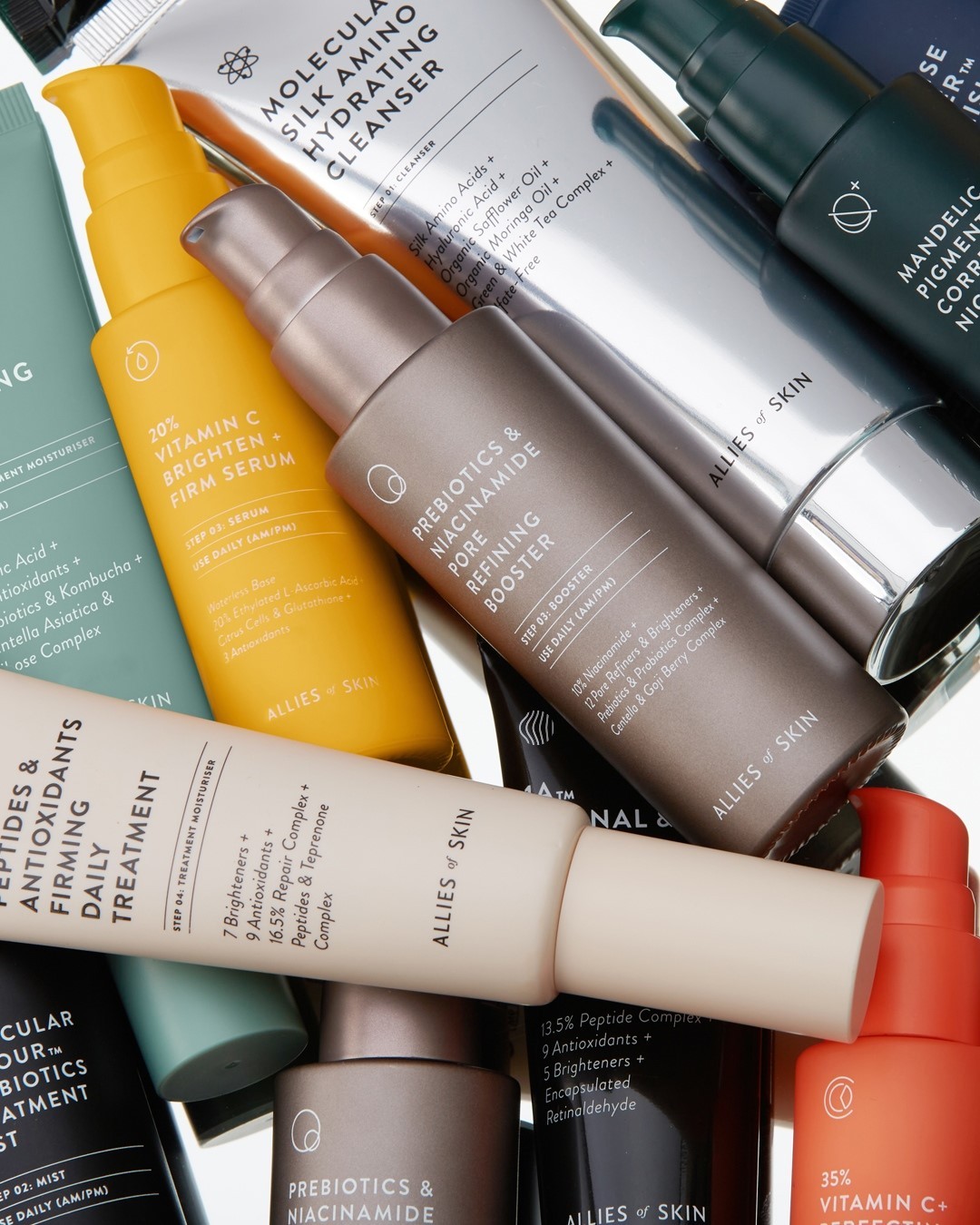
…with your skincare ingredients, that is. If you’ve got specific concerns such as ageing, acne, hyperpigmentation, or even dryness and dehydration where a moisturiser can’t fix – you’ll want to dive into the world of high-performance serums which deliver potent, effective active ingredients into the skin.
For example, a niacinamide serum is a great all-rounder for oil control and acne, while a vitamin C serum is one of the best choices for brightening and firming the skin. Serums usually come in a lightweight formula which absorb easily into the skin, and this is usually applied after toning, and before moisturising. Some products can even be mixed-and-matched if you’re looking to treat several skin issues.
You should be used to masks by now
If you can wear a mask during a pandemic, who’s to say you can wear a mask for 15-20 minutes every 1-2 times a week? This is completely optional, of course, as masks are pretty much only used to tackle specific problems such as dryness and acne, or as a weekly indulgence. Some even work similarly to serums by delivering more concentrated active ingredients into the skin to improve the look and feel of the complexion.
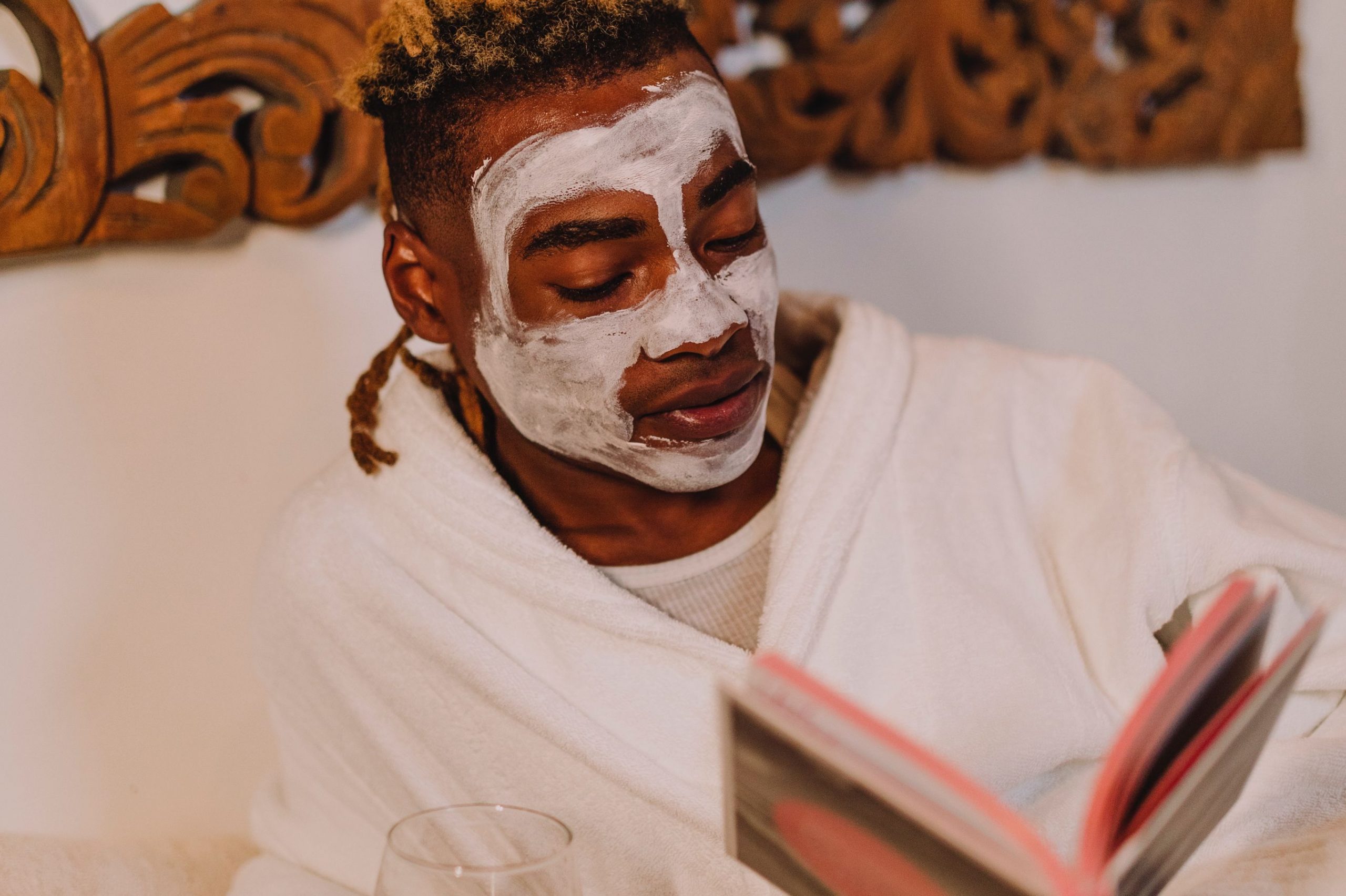
Probably the best type of masks for men to start off with is either a hydrating mask or a clay mask. The latter is used to deeply cleanse the pores (better than your regular face wash) to help absorb dirt, excess oil, and grime buildup. Some even contain exfoliating ingredients to help slough away dead skin cells to reveal smoother skin.
On the other hand, hydrating masks can come in cream-gel types that need to be washed off, or sheet masks that are great for a quick treatment where you can also massage in the remaining essence into the skin like a moisturiser.




